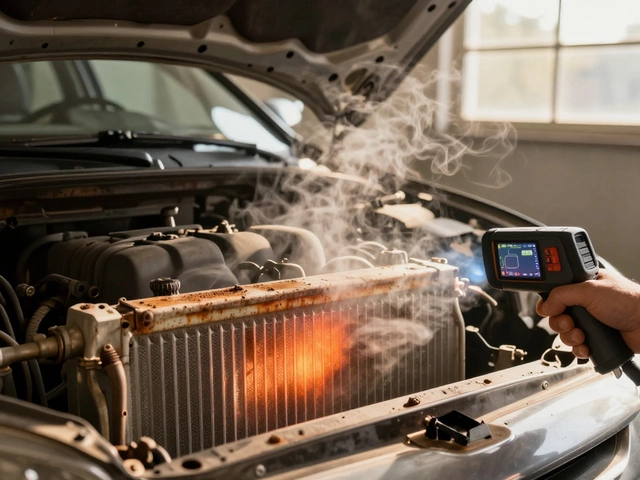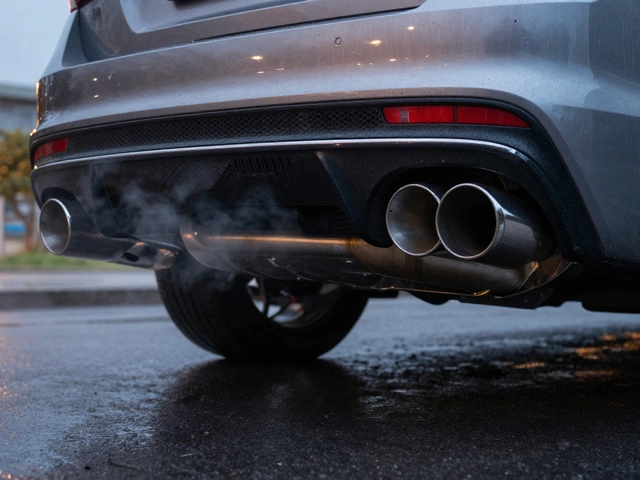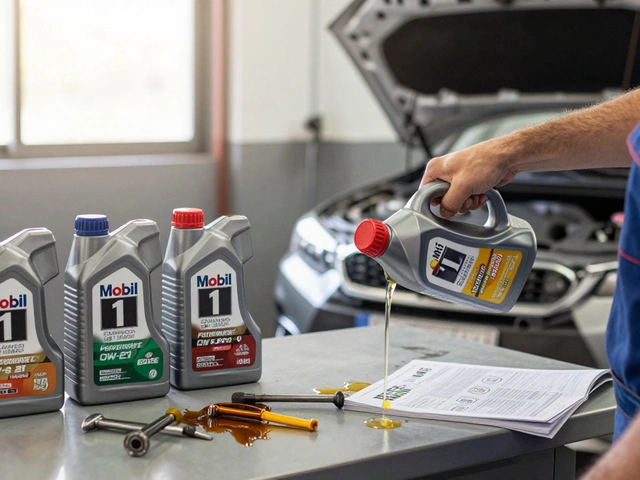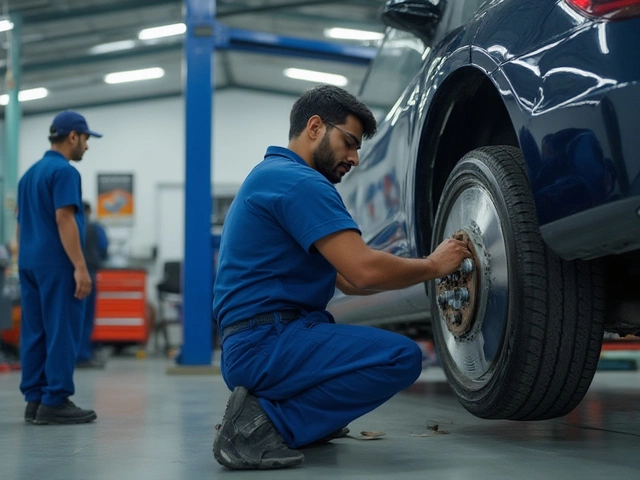Clutch Kit Installation: What You Need to Know Before You Start
When you hear clutch kit installation, a set of components including the clutch disc, pressure plate, and release bearing that connects your engine to the transmission. Also known as clutch replacement, it's one of those jobs that sounds simple but can turn messy fast if you skip the prep work. Most people think it’s just about pulling the old clutch out and bolting in the new one. But a bad install can lead to chatter, slipping, or even damage to the flywheel, the heavy metal disc that smooths engine power and works directly with the clutch or the transmission, the gear system that transfers power from the engine to the wheels. You don’t want to spend $800 on a clutch kit only to find out your flywheel was cracked or your input shaft is worn.
Clutch kit installation isn’t a weekend hobby project unless you’re ready to learn the hard way. The clutch disc has to be perfectly centered, the pressure plate bolts need to be torqued in a star pattern, and the release bearing must slide freely on the input shaft. If the clutch kit installation isn’t done right, you’ll feel it in the pedal—grinding, sticking, or a pedal that feels spongy. Many DIYers skip checking the flywheel surface, but if it’s glazed, scored, or warped, no new clutch will work right. Some cars even need a new pilot bearing or throw-out bearing, and those are easy to miss until the clutch fails again in six months.
What you’ll find in the posts below are real-world guides from people who’ve done this themselves. You’ll see how long a clutch job actually takes on a Honda Civic versus a Ford F-150, what tools you really need (and what you can skip), and how to spot a clutch kit that’s cheap but will fail fast. We cover clutch kit cost breakdowns, why some brands last longer than others, and how to tell if your flywheel needs resurfacing or replacement. There’s no fluff—just what works, what doesn’t, and what to watch out for when you’re under the car with grease on your hands.
Whether you’re replacing a worn clutch after 100,000 miles or upgrading for better performance, this collection gives you the practical steps, the hidden gotchas, and the tools you need to get it done right the first time. No theory. No marketing. Just what you need to know before you lift the transmission.

How Many Hours Does It Take to Replace a Clutch? Real-Time Estimates for Common Cars
Replacing a clutch typically takes 4 to 8 hours, depending on your car model and mechanic experience. Learn what factors affect labor time, signs of a failing clutch, and how to save money on parts and labor.
CONTINUE READING








